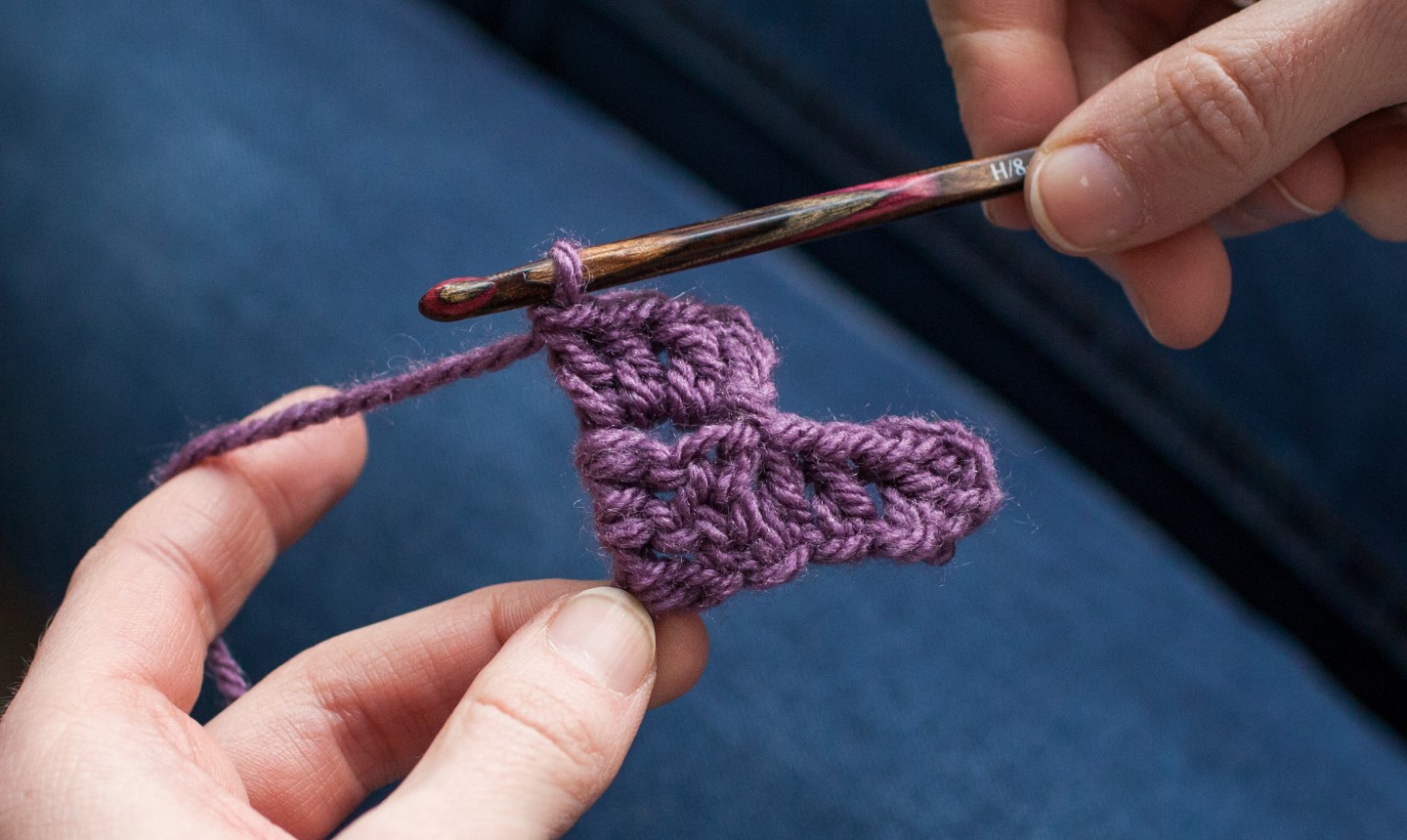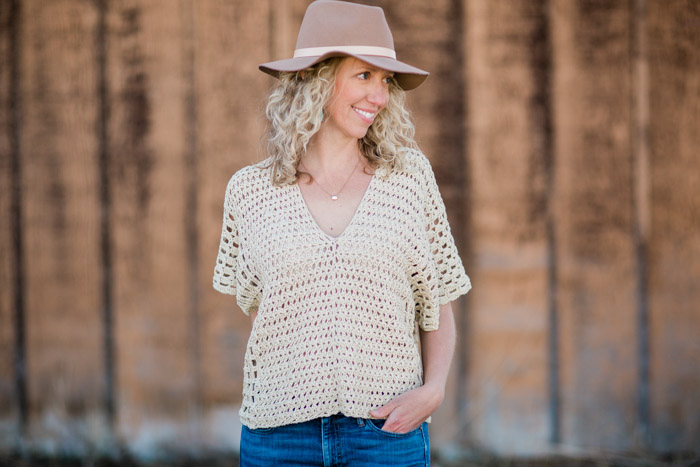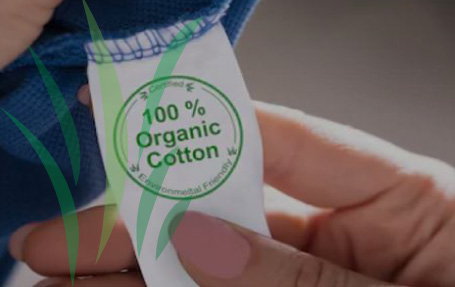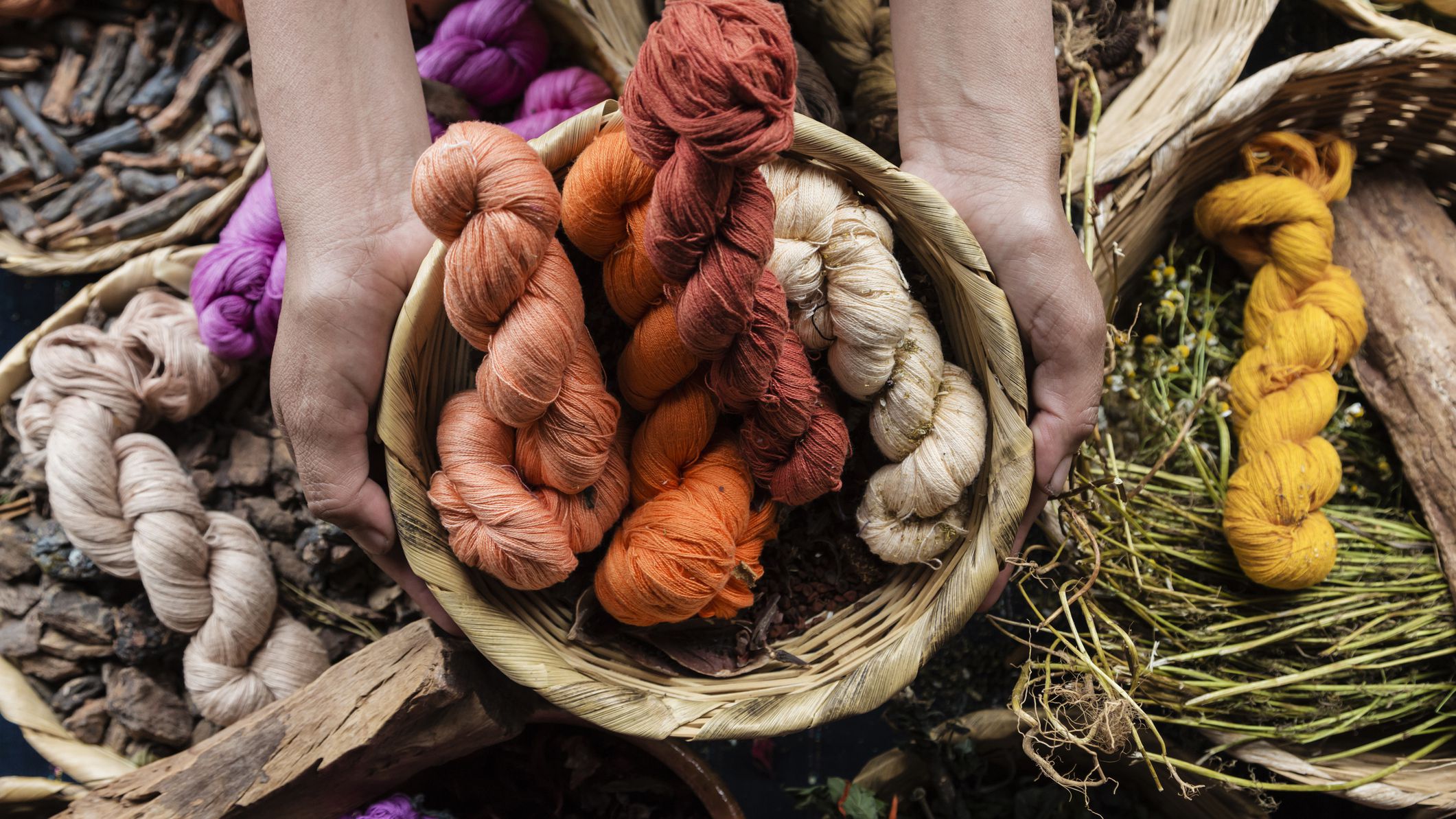Crocheting is quite a popular crafting hobby as it is fun, relaxing, and an outlet for creativity. The delicate art of crocheting results in products that you can actually use. This lifelong skill will help you make beautiful gifts for others and items for you and your home. Basically, anyone can learn to crochet since it’s quite easy to get started.
The basic stitches are very straightforward and don’t necessarily require advanced artistic ability or flair. All you need is crochet hooks and yarn to get started. Crochet hooks come in different thicknesses, depending on the item that you want to crochet and the yarn you are using. Yarn can be made from natural fibres such as wool or cotton, or other artificial fibres, and come in various textures, colours, and thicknesses.
Cotton yarn, in particular, is an ideal choice for crocheting. It is made by spinning the fibres from a cotton plant into a lovely ball of yarn. Depending on the yarn’s weight, there is a variety of projects that can be made with cotton yarn, from socks and shawls to gloves and short-sleeved or sleeveless tops. Being relatively lightweight, this yarn is particularly ideal for warm-weather clothing and accessories that will keep you crocheting year-round. If you want to start crochet cotton yarn to create beautiful garments, this guide will help you understand everything you need to know ahead of time.

Cotton Yarn Properties
Of all the natural fibres, cotton is the most widely used and widely produced. A completely natural fibre, cotton yarn can be found in every weight from delicate 4 ply strands of yarn to super chunky or 12 ply weight. Cotton yarn is characterised by being strong, durable, and quite breathable which makes it comfortable to wear three seasons out of the year. Cotton fibre is extremely absorbent, providing comfortable crochets that can stand up against abrasion wear and high temperature.
Soft and supple, cotton yarn is a great choice for crocheting many projects beyond dishcloth, including potholders, scrubbies, and other kitchen or bath accessories. It accepts dyes beautifully providing bright, rich shades. As it’s so easy to dye, you will be able to choose from a variety of astonishing colours. Cotton is a great option especially for those with wool allergies. As an inelastic fibre, some people, though, find cotton slightly more of a challenge to crochet with than wool is. However, cotton is lighter wool and it is certainly something you can try as a beginner. When it comes to washability, cotton yarn is machine-washable and it’s not prone to shrinking in the wash. Generally, crocheted items with cotton yarn are easy to care for.

Tips to Consider When Crocheting with Cotton Yarn
Whether you are just starting to learn crocheting, or you are used to working mainly with wool, you should know that cotton behaves differently than wool. To help you with your crocheting projects, here are some useful tips that you should consider when crocheting with cotton yarn. These will help you create cool crochet cotton yarn garments for summer and spring.
Pay Attention to Yarn Weight
Yarn weight matters when crocheting with cotton. This natural fibre is known as one of the heaviest yarn strands, especially once it has gotten wet. Therefore, it’s important to pay careful attention to the yarn weight and choose the appropriate one for each of your crocheting projects. There is a wide variety of weights, from lace and super fine to super bulky yarns. Of course, cotton thread and sock weight cotton will have little thickness and relatively less density than worsted weight or bulky cotton.
Always Use Organic Cotton
The reason why cotton is an extremely popular yarn strand is that it’s a natural fibre, and so it’s eco-friendly. However, you should keep in mind that not all cotton is organic.

There are also non-organic cotton strands that contain a lot of pesticides which are far from being eco-friendly. Therefore, when choosing the yarn for your projects, make sure it’s 100% cotton that’s grown and spun without the use of persistent pesticides or herbicides.
Mercerized and Unmercerized Cotton
Another thing you should take into consideration is the textile finishing treatment or mercerization. You should know the difference between mercerized and unmercerized cotton before choosing cotton yarn for your crocheting projects. Mercerization typically provides a sheen that tends to intensify colour, therefore, a mercerized cotton has a bit of shine to it, showing more saturated hues. On the other hand, unmercerized cotton appears to be more absorbent. Either one can be a great choice for crochet, so you have to select wisely depending on your crocheting project.

Cotton Doesn’t Stretch
Before choosing cotton as your primary yarn strand, you should know that cotton yarn doesn’t stretch. As an inelastic fibre, once cotton stretches, such as when you hang a wet piece of cotton from a line, it won’t go back to its original state. This means the cotton yarn is not appropriate for stretchy projects. Instead, cotton is an ideal choice for items that don’t stretch and are intended to be sturdy and durable. Examples include durable projects like dishtowels, winter blankets, market tote bags, and crochet baskets. You may consider using crochet textured stitches in order to create crochet cotton yarn items that don’t stretch.